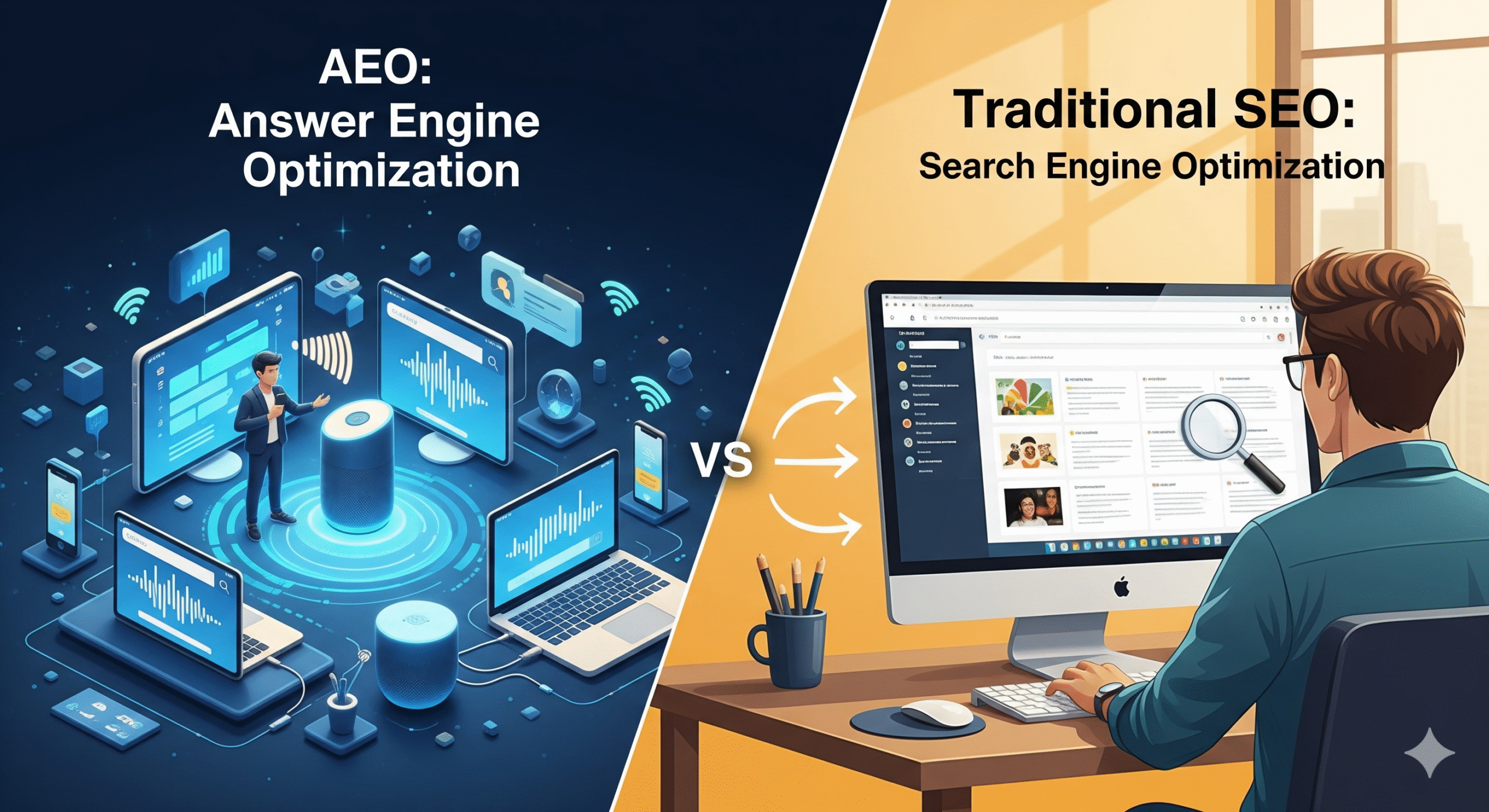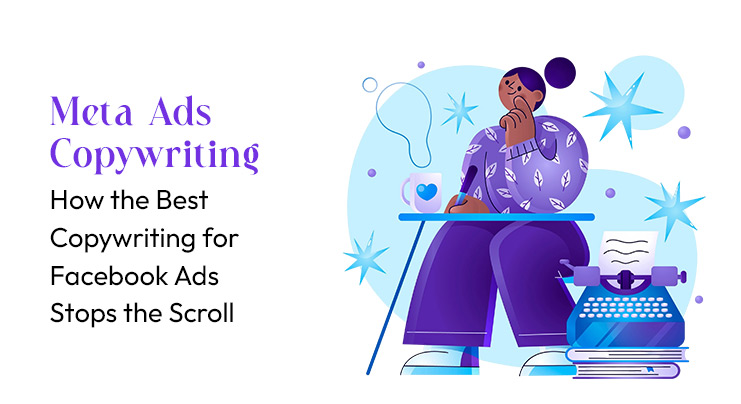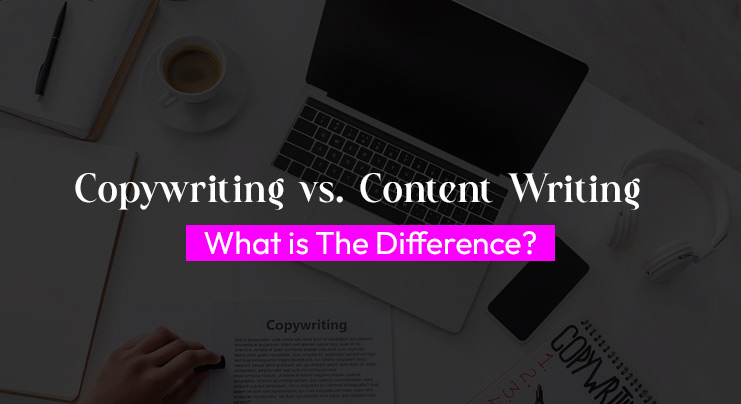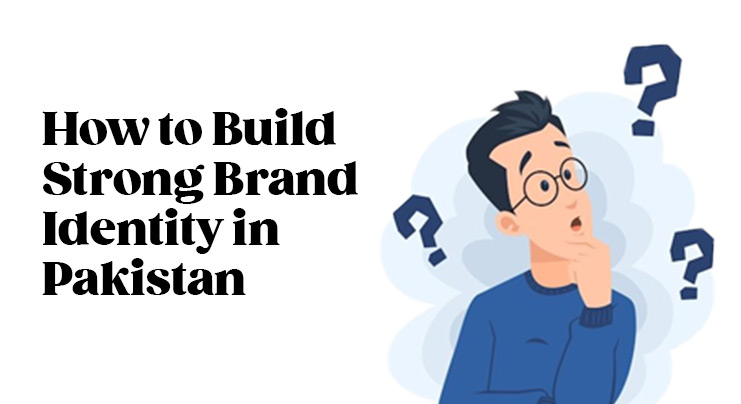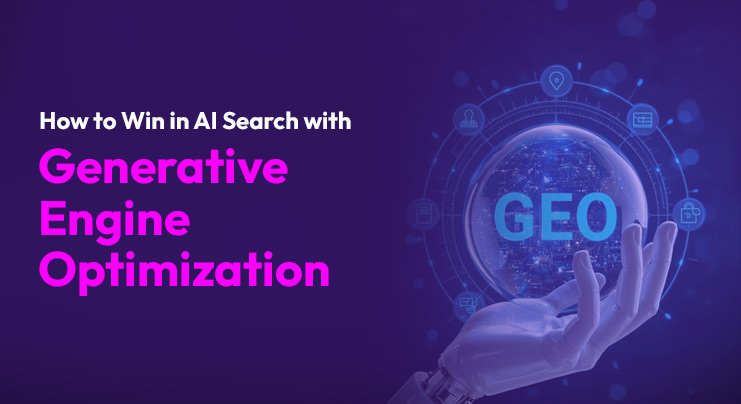Ever searched on Google and got the answer without even clicking a link? That’s not magic , it’s the power of AEO (Answer Engine Optimization) at work. In 2025, the way people search has changed, and so has the way businesses need to optimize. But does that mean traditional SEO is fading out?
Let’s break down what AEO is, how it compares to traditional SEO, and which one actually drives more traffic today.
What is AEO?
AEO, or Answer Engine Optimization, is the strategic process of structuring your website content in a way that allows search engines especially AI-driven and voice-based tools, to extract direct answers for user queries. AEO is what powers Google’s featured snippets, “People Also Ask” boxes, and voice assistant responses on devices like Alexa or Google Assistant.
By the year 2025, AEO will have already moved into the spotlight. As the zero-click search on search engines increases, they are posing exact questions and demanding an immediate response without any new tabs being opened.
The backbone of effective AEO involves:
- Structured data and schema markup
- Conversational content format
- Latent Semantic Indexing (LSI) for contextual relevance
- Natural Language Processing (NLP) to mimic how real users ask questions
What is SEO?
Search Engine Optimization (SEO) is the more traditional approach that focuses on improving a website’s visibility in the search engine results pages (SERPs). Whether you’re targeting blog traffic, service inquiries, or product sales, SEO is the cornerstone of discoverability.
The major pillars of SEO include:
- On-page optimization: meta tags, keyword placement, content quality
- Off-page optimization: backlinks, social signals, brand mentions
- Technical SEO: site speed, mobile-friendliness, crawlability
- Content marketing: blogs, guides, and multimedia designed to rank
In simple terms, SEO helps your business appear at the top of Google when someone searches for terms like “best marketing agency in Pakistan” or “how to run Facebook ads.”
The use of keyword research, content relevance, domain authority, and internal linking remains essential in SEO. Reaching the user is not everything; what is important is being selected by search engines and being picked as the most credible and extensive source.
Key Differences Between AEO and SEO
Here’s a quick comparison to understand what AEO vs SEO is in 2025:
| Factor | Traditional SEO | AEO (Answer Engine Optimization) |
| Goal | Rank high on SERPs | Provide immediate answers to user queries |
| Content Style | Long-form, keyword-optimized | Short, structured, Q&A, or list-based |
| Search Behavior Focus | Typed queries | Conversational/voice-based queries |
| Technical Needs | Metadata, backlinks, speed | Schema markup, NLP, featured snippets |
| Output Format | 10 blue links | Snippets, answer boxes, voice replies |
| AI Dependency | Low to medium | High: heavily reliant on AI understanding |
| Entry Points | Google results pages | Smart devices, featured cards, zero-click |
The core difference lies in the searcher’s intent and the search engine’s response format.
Benefits of Using AEO Along side SEO
Why limit your content to only one style of optimization when both AEO vs SEO can bring traffic from different angles?
Let’s explore the benefits of combining both strategies:
1. Reach a Wider Audience
A conventional SEO guarantees that your material gets listed and rated by ordinary keyword searches. AEO, however, makes your content appear in snippets, answers in knowledge panels, and voice responses, something that is vital to the user who never scrolls past the first answer result. This dual strategy puts Fulfillit.pk in front of people who type and those who talk to search engines.
2. Multiple Traffic Touchpoints
Imagine someone asking Alexa, “How does Facebook Pixel work?”
If Fulfillit.pk has an AEO-optimized blog with structured Q&A, it could be the chosen answer.
But if another user searches the same query on Google and your SEO is solid, you show up in the first few results. Two different channels. One brand.
3. Establish Brand Authority
Your content is featured on snippets and answer boxes is an indication to them that it is worthy of their trust. It indicates that Google (or any other AI engine) has selected your answer as the best.SEO gets you ranked. AEO gets you highlighted.
4. Optimize for Voice Search
The use of voice search is also expected to skyrocket in 2025, especially among mobile users and smart homes. AEO lays emphasis on conversational phrasing that will have a higher probability of reflecting the way users speak questions. Being ready for this ensures Fulfillit.pk stays ahead of less-adaptive competitors.
5. Boost User Experience
Zero-click answers can lead to better UX.
Even if users don’t click your site immediately, you become their go-to source in the long run. They remember where the answer came from—and when they need deeper services, they’ll come back.
Why Combine SEO and AEO?
Let’s be clear, SEO is your foundation, and AEO is the smart layer you build on top.
Here’s why it’s not a matter of AEO vs SEO—but AEO with SEO:
- SEO brings discoverability. You attract people through search queries.
- AEO brings instant value. You satisfy their curiosity immediately.
- SEO ranks your blog. AEO positions parts of your blog as direct answers.
By combining these strategies, marketing agencies like Fulfillit.pk ensure they:
- Dominate SERPs (via traditional rankings)
- Own snippets and answer boxes (via AEO)
- Improve engagement (by offering fast, relevant info)
It’s about being visible and valuable at the same time.
Will AEO Replace SEO?
A common myth in digital marketing is that AEO will eventually replace traditional SEO.
AEO enhances SEO; it doesn’t eliminate it.
Search engines still rely on core SEO factors like:
- Backlinks
- Content depth
- Page speed
- Domain authority
These factors are vital for long-term visibility and ranking.
AEO is a supplementary strategy that focuses on direct answers. Without the foundation of SEO, your content may never even be discovered to be featured.SEO is like the engine, and AEO is like the turbocharger. When combined together, they accelerate faster, stronger, and farther.
Conclusion
So, AEO vs Traditional SEO: Which One Brings More Traffic in 2025?
The answer isn’t black and white. It’s both. If you rely only on traditional SEO, you may miss out on the zero-click and voice-driven audience.
If you focus only on AEO, you may lose the long-term traffic and ranking foundation.
The smart move? Use both.
Combining SEO and AEO helps ensure your digital content:
- Meets the algorithm’s needs
- Serves user intent instantly
- And positions your brand as a thought leader across all platforms
If 2024 was the year of AI in marketing, then 2025 is the year of Answer + Engine + Optimization, not as a competitor to SEO, but as its most powerful ally.
FAQs
Q1. What is SEO vs AEO in simple words?
SEO involves strategies of optimizing your content to appear in the search engine ranking pages.
AEO is about responding to questions that users pose directly, commonly in voice searching or featured snippets.
Q2. Is AEO more effective than SEO?
It depends. AEO is best for fast answers and voice queries. SEO is better for broader keyword-based searches.
The most effective strategy in 2025 uses both.
Q3. Does AEO help with voice search?
Yes. AEO uses conversational language, short answers, and structured formats—perfect for devices like Alexa or Siri.
Q4. Do I need special tools to implement AEO?
It is possible to begin with free aids such as Google Search Console and, schema markup generator. However, to gain more meaningful insights, use the platforms that allow the use of structured facts, LSI phrases, and NLP analysis.
Q5. How can marketing agencies use AEO?
By creating FAQ-rich blogs, optimizing for snippets, using schema markup, and structuring content around real voice queries.
This enhances your authority and increases client visibility across all modern search formats.


